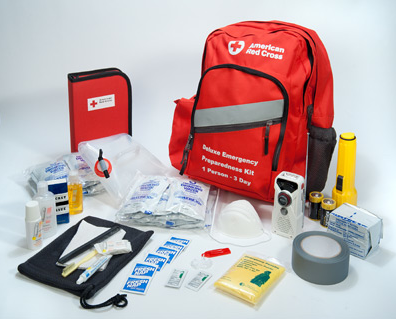Trauma or a personal emergency kit comes in different shapes and sizes, and their cost can vary as well. It can be quite confusing deciding which items to include in your list and which ones to ignore. If you are still wondering what your emergency kit should entail, then here’s what you need to have.
5 Unusual Items You Should Have in Your Emergency Kit
Tourniquets
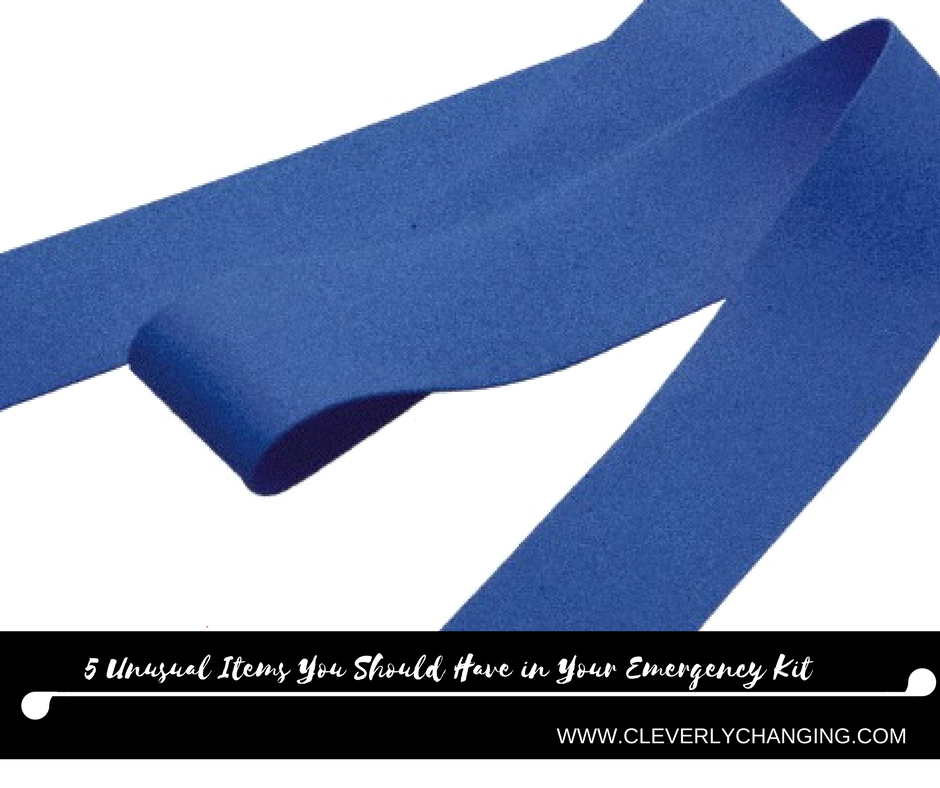
Law enforcement officers and the military personnel usually use the toughest tourniquet to stop a life-threatening bleed. These items are usually incorporated on an emergency responder’s kit’s duly belt or body armor as opposed to inside the kit since they required to be within arms reach. Tourniquets are a must have and should form part of the essential items in your survival kit.
Pressure Bandages
Bandages or pressure dressing are items that are utilized for multiple purposes and are crucial when it comes to helping victims of trauma. Although these are not tourniquets, they can be as effective if they are utilized in conjunction with wound packing. When the two are used, they can apply the needed pressure to stop a bleed. The pressure bandages are often effective if you are considering replacing or removing a tourniquet. You need to ensure your bandage has the right elasticity to create the required pressure.
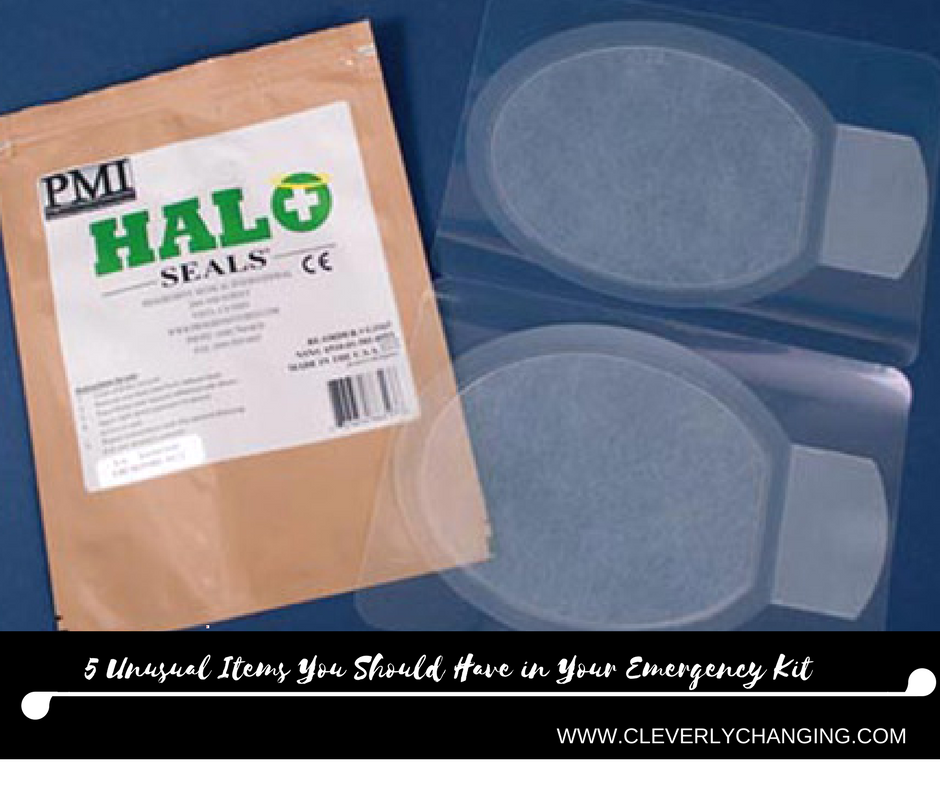
Chest Seals
Most shooters often aim at the center mass. A thorough assessment and exposing of the chest is crucial when a patient is suspected of suffering a bullet trauma. Wounds from gunshots can, in most cases, be through and through, as flying projectiles with high kinetic energy causing secondary injuries. When internal injuries or bleeding occur, there is not much the paramedics can do to help. In such a case, the best option would be to seal the back, the chest, and abdomen using the occlusive dressing to prevent any air from exiting or entering the chest. If this kind trauma occurs, it is advisable to seal all the holes. This should be a 360-degree seal from the belly button to the neck.
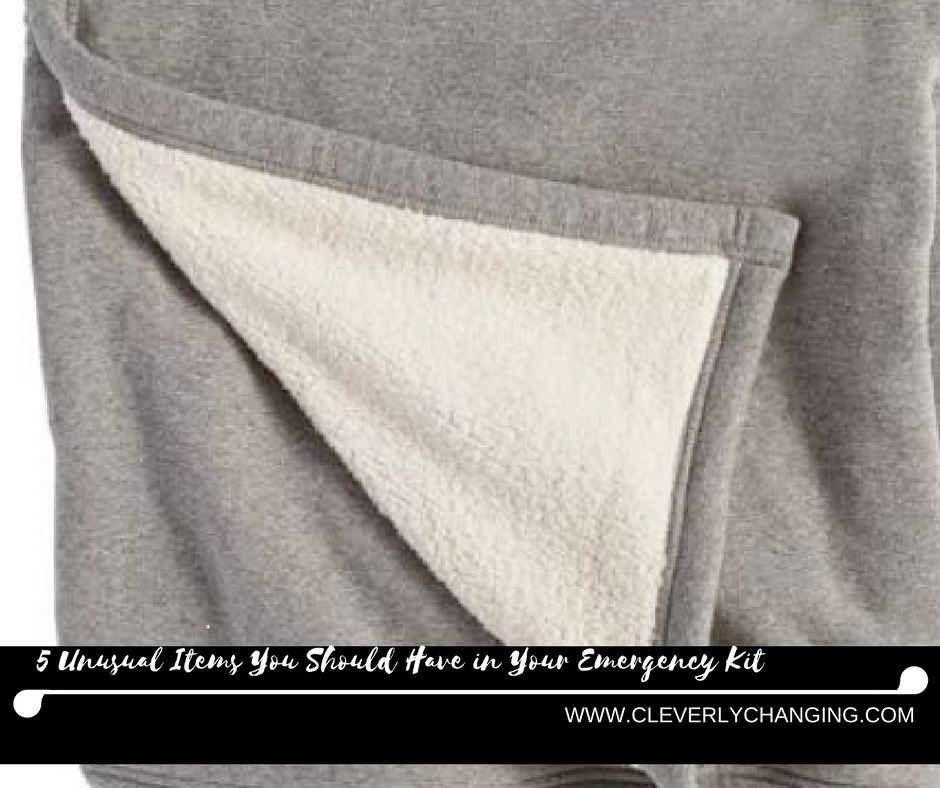 Emergency Blankets
Emergency Blankets
For a patient suffering from trauma, hypothermia can be risky. In any emergency situation, blood loss by huge amounts usually results in shock, implying that your body will no longer be in a position to offer oxygen to the cells. The provision of oxygen and removal of carbon dioxide in the body is what results in the creation of heat. This process also helps to maintain core temperature. Any drop in the core temperature results in a combination of problems for the injured individual, with the most concerning issue being the inability of blood to clot. Hypothermic patients will continue bleeding internally and externally, eventually leading to death.
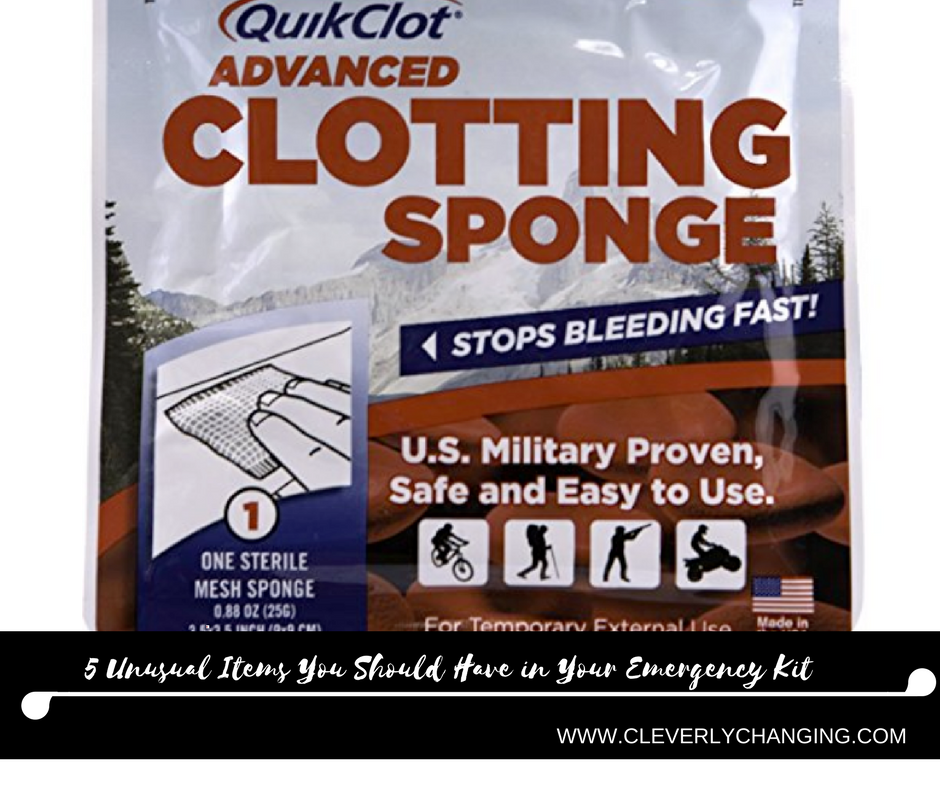 Hemostatic dressings
Hemostatic dressings
The hemostatic dressing is sterile kerlix gauze which is meant to plug holes in your body. These dressings are filled with substances which help the body to clot naturally. There is a higher chance of stopping a bleed if the hemostatic is used correctly.
Of course, the above is by no means a conclusive list. However, if you intend to survive trauma or assist a patient in surviving an injury, these five items must form part of your emergency kit.


